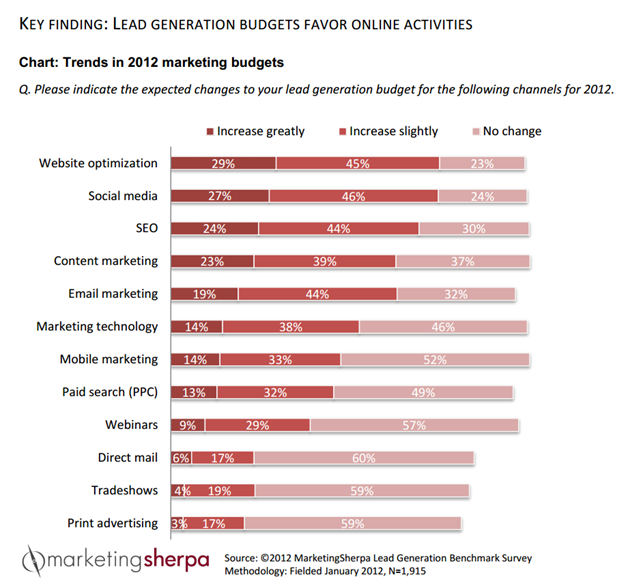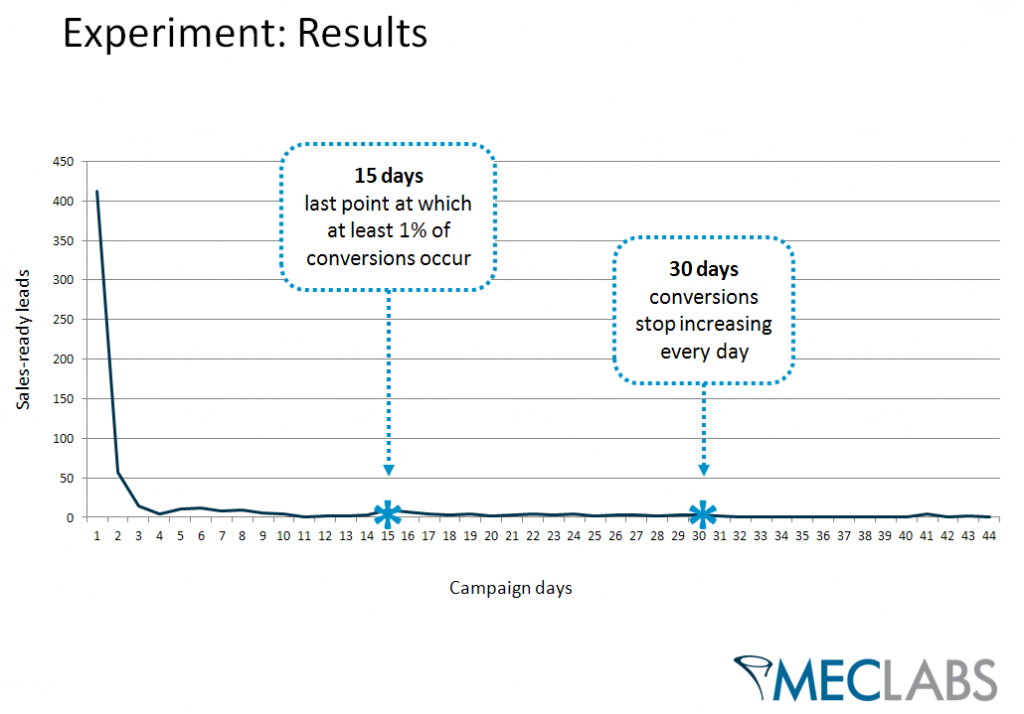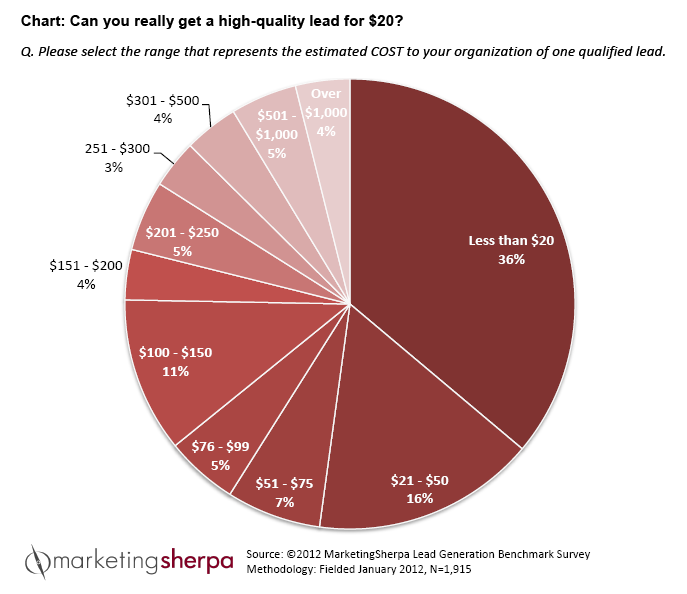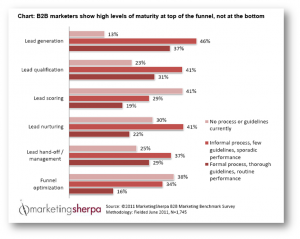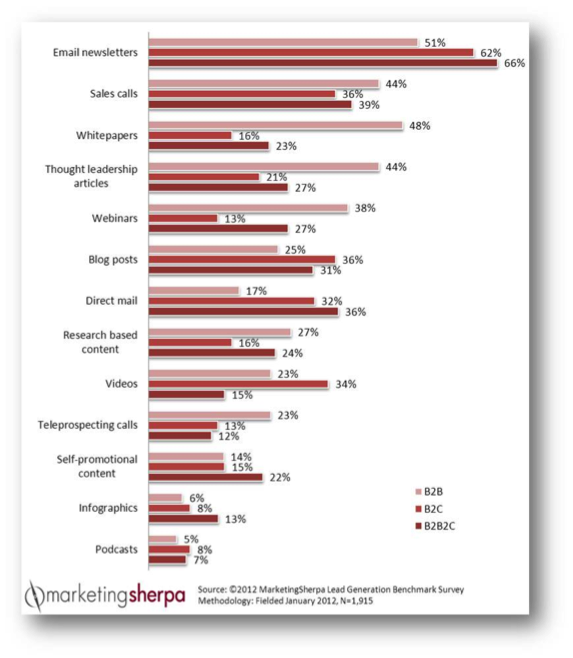Originally published on B2B LeadBlog
When I first started making test calls with MECLABS (publisher of the B2B Lead Roundtable Blog), I was unsuccessful, to say the least. I was unaware of the real goal of the call, lacked an effective strategy, and was generally unprepared. After about 900 calls, my results were disappointing — I only had one lead!
Since I was unsuccessful, I lacked confidence in my ability, and that feeling came through on each call. After receiving both informal and formal training, as well as making the choice to dive into the task at hand, my results grew to six leads after only 575 calls. That was an 839% improvement.
Although I did not realize I was following a defined outline at the time, after completing MarketingSherpa’s B2B Marketing Advanced Practices Online Course, I was able to see the improvements I made broken down into three basic principles for effective teleprospecting:
- Be human
- Build a relationship
- Be knowledgeable
Of course, it’s difficult to translate these blanket statements into applicable action. I learned the translation must start with the individual who is making the call, because teleprospecting leads starts with a one-on-one phone conversation.
Be human
“We believe that people buy from people, that people don’t buy from companies, from stores or from websites; people buy from people,” said Dr. Flint McGlaughlin, Managing Director, MECLABS.
To be human, on an individual basis, phone call by phone call, one must be completely mentally present. This means, concentrating on each call, focusing on each decision maker, and determining the qualification of each company.
The most difficult aspect in being present during calls is leaving any anxieties unrelated to work outside of the workplace. Teleprospecting can be a highly stressful, tedious and monotonous task, but mistakes can be prevented by giving the proper energy to each call and leaving unrelated issues aside. I discovered that by creating a healthy work-life balance, I could decrease the inevitable potential for anxiety that often comes along with the position.
Along with focused energy, starting fresh with every call is essential in teleprospecting. Carrying any mistakes, assumptions or a bad attitude from one call to another is a sure way to miss out on opportunities for qualified sales leads. Whatever was done or said by one decision maker should not affect the next company’s opportunity to have a pleasant, unbiased conversation.
In any case, you must continue to optimize your approach to the call, notes on the call and call style by finding the best method through tested means and with applicable feedback from mentors and managers. In teleprospecting, you must always be open to constructive criticism. With the use of analytics in the marketing world growing, there is a ton of data supporting methods and ways to optimize.
Build a relationship
The phone call must be between two humans, and not between a human and a “salesperson” focusing on the universal lead definition (ULD). The great rule in sales is to ask open-ended questions. This allows for less questioning and a better flow during the conversation. It also gives the decision maker a chance to supply complete information about the company’s issues and solutions.
Another essential element to teleprospecting is conversing by the 80/20 rule: Listen for 80% and talk for 20% of the conversation. The universal lead definition configures the notes, but attentive listening provides the information. Avoid interrogating the lead; instead, engage in a conversation.
Be knowledgeable
First, be knowledgeable by creating good habits for a good call. This includes not only knowing how to build a relationship and starting every call fresh, but it also includes remembering the goal of the call: qualifying sales-ready leads.
Many think this will be automatic, but it’s easy to get sidetracked in other action results for a call. For example, good habits include trail closing even if you “think” there is no interest, and avoiding using actions that could be considered a crutch, like scheduling a callback time or sending an email.
Other actions besides the goal of the call are sometimes beneficial, but this is only after a conversation and/or close have been attempted. It is important to remember these are not substitutes for the true goal of the call: qualified, sales-ready leads.
Second, be knowledgeable by knowing your product or service. Be aware of the company’s value proposition by clearly defining the unique benefit to the customer over the competition. It’s a good practice to be able to summarize this in a sentence or two. Know common objectives and competition to your product or service so you can be prepared.
Overall, don’t get bombarded with facts, tactics and questions; keep it simple. As Dr. McGlaughlin has also said, “Clarity trumps persuasion.”
Related Resources:
Webinar Replay: Teleprospecting that Drives Sales-Ready Leads
Nine Reasons Why B2B Marketing Should Own the Teleprospecting Function
B2B Lead Generation: 300% ROI from email and teleprospecting combo to house list (via MarketingSherpa)
B2B Lead Generation: 4 ways to use teleprospecting in your next pilot (and 2 ways to measure it) (via MarketingSherpa Blog)



